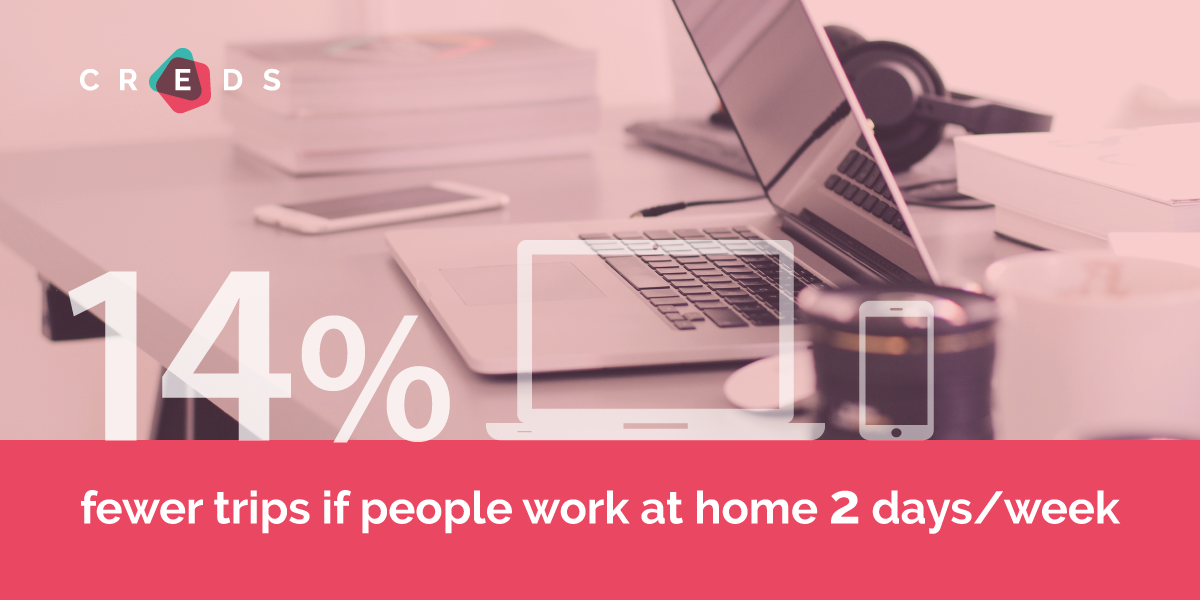by Professor Greg Marsden
It feels long overdue to get out and meet friends, to hug family members and to go and see what state my coffee cup is in back in my office. When we think about what an opened-up economy looks like, everyone will have their own take on what this means for them. Access to employment, clubs that have been put on ice, trips to the seaside, or being reunited with family who live overseas. We will travel more. We will want life to feel normal again. But what does that mean for transport?
Back in March 2020 myself, Jillian Anable and Llinos Brown (Leeds) and Iain Docherty (Stirling) embarked on a journey to surrender any sense of relief from the pandemic by trying to deliver a major independent study of travel behaviour adaptations, on top of everything else. Our one year review report launches today. Tracking people’s behaviour over time and marrying that up with policy responses is the only way to really understand who, where and why change has happened. We think this is a unique set of insights.
There have been many articles and papers written on Covid-19 behavioural response. Narratives have emerged around the death of public transport and car use already getting back to normal, streets being swamped with delivery vehicles and bike sales going through the roof. Our data confirms some of these but challenges some others. We find, for example that:
- Walking is the big winner – it is the only way of getting about which people are doing more regularly (20% more!)
- Bike use is also up on average over previous periods, although much of this is leisure. Bike commuters have also not been going to work and they were more likely to be in roles which could be worked from home before the pandemic
- There has been no increase in car ownership and car use overall is down. There has been a 35% fall in new car sales and 15% fall in second-hand sales
- Light van traffic mirrors trends in car use and not trends in online retail sales (which indeed have mushroomed from 18% of sales by value to 35%

Public transport has been decimated, recovering only to 60% of previous levels in its best weeks of Autumn 2020. However, we have been reminded of just how important these services are, with our survey showing that nearly 60% of those using bus and rail saying they had no alternative for those journeys. It was encouraging to see the Bus Strategy recognise the need for transition funding to build up public confidence in getting back to using the bus.

But what does this all mean for travel in the future? A year on, we’d be lying if we said we knew for sure (spoiler alert: researchers identify need for more research!) Our data does give some great pointers though. What we do know is that people have been more active and say they want to see more investment in giving over road space to walking and cycling. People will go back to their offices as they did in the Autumn to a degree. The question with all of these changes is: how much will people revert back from remote work to commuting?
Our analysis suggests that if people currently working from home who used to drive to work continued working from home 2 days a week, we would cut morning peak car trips to the extent that traffic levels would feel like a school half term. Unimaginable? We don’t think so.

So, the question is should we “Stick” and try and hold on to some of the changes we have seen without making many changes to transport policy? “Twist” which is to recognise the need to do things differently (can anyone name a credible carbon plan which does not have fewer vehicle miles as a necessity) and to lock-in demand reduction and promotion of active travel alternatives? Or should we “Fold” and say that society needs to “get back to normal” and the paradigm of motorised mobility at the fore.
All of these feel like possible policy pathways. The only one that makes sense to me is “Twist”. The transport system we had before the pandemic was congested, overcrowded, unsafe and polluting. It was unfit for a public health epidemic and contributed to it by promoting high levels of inactivity. Things had to change anyway.
So, please take a look at the evidence. Help us to challenge the easy narratives when they are wrong and keep an eye out for the next instalments of data collection and analysis on what will become a regularly updated and increasingly useful resources portal at:


